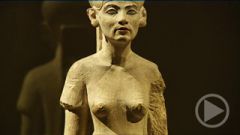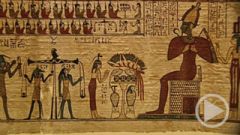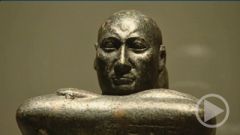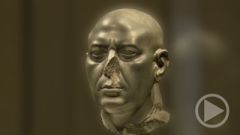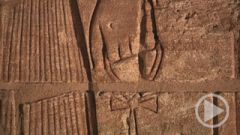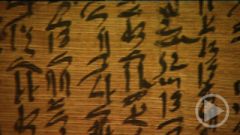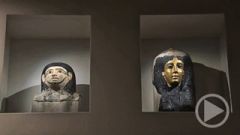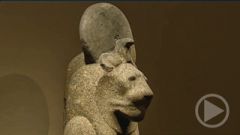- Home
- »
- Germany
- »
- Berlin
- »
- Museum Island
- »
- The Berlin Egyptian Museum
- »
- The Berlin Egyptian Museum - The Statue of Per-Her-Nofret
The Statue of Per-Her-Nofret
Statue of Per-her-nofret
When Per-her-nofret commissioned a wooden statue of himself for his tomb in 2400 B.C., did he want to be portrayed standing or walking? Motion and rest are finely balanced in the slim figure, there is no actual movement depicted and yet the figure is poised and tense. The shoulders are slightly raised as though he's just taken a deep breath, the muscular arms end in clenched fists, primed to bear a burden as indicated by the short staves he is grasping, and the upper part of the body and the head are turned slightly to the side. The purpose of this type of statue is to portray a continual state of readiness for action and movement. To make this virtual movement visible, the artist breaks the laws of human anatomy. The axis of the body runs vertically from the head down to the right foot; the left foot is a foot's length in front, and yet the sole still touches the ground. For this to be possible, the sculptor has made the left leg longer than the right one. Thomas Mann found the perfect description for this phenomenon, which art history had not yet discerned in his day:
„Stationary as he walks and walking while standing still.“
It is a matter of capturing that instant before an actual movement, that moment of tension before a step is actually taken, of portraying not action but the readiness for action. The purpose of this type of statue is to keep the human body in working order for eternity.
The subject portrayed is ready to step forward, to join the fray, but his action has not yet happened. This not yet, this attitude of expectancy, is the real motif, which has breathed life into the man portrayed here for four thousand years, and will go on doing so for thousands of years to come.


